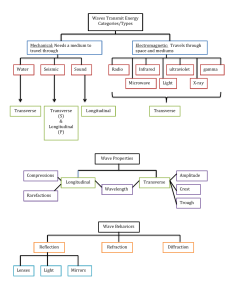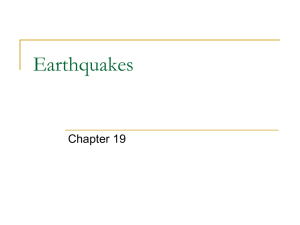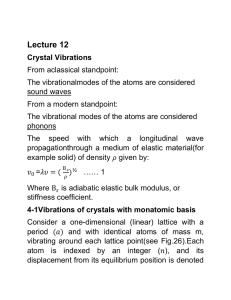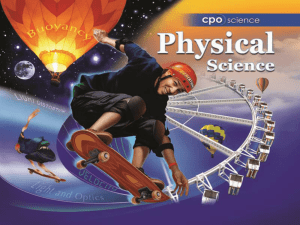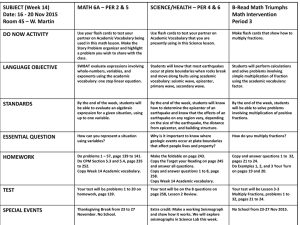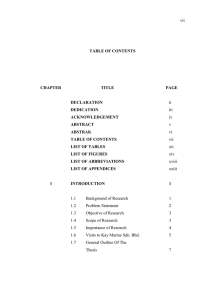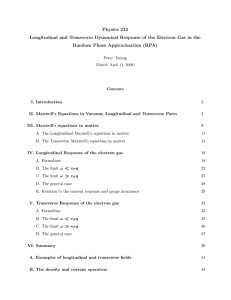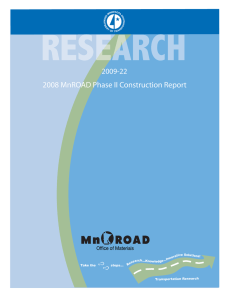4B QUIZ #3
advertisement
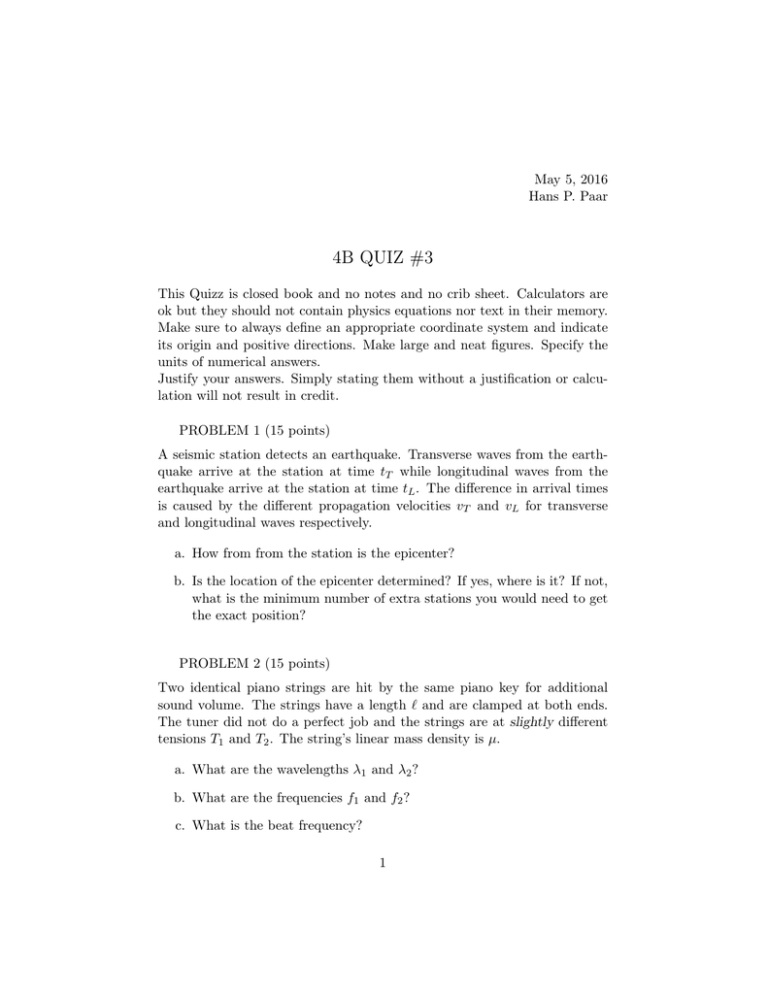
May 5, 2016 Hans P. Paar 4B QUIZ #3 This Quizz is closed book and no notes and no crib sheet. Calculators are ok but they should not contain physics equations nor text in their memory. Make sure to always define an appropriate coordinate system and indicate its origin and positive directions. Make large and neat figures. Specify the units of numerical answers. Justify your answers. Simply stating them without a justification or calculation will not result in credit. PROBLEM 1 (15 points) A seismic station detects an earthquake. Transverse waves from the earthquake arrive at the station at time tT while longitudinal waves from the earthquake arrive at the station at time tL . The difference in arrival times is caused by the different propagation velocities vT and vL for transverse and longitudinal waves respectively. a. How from from the station is the epicenter? b. Is the location of the epicenter determined? If yes, where is it? If not, what is the minimum number of extra stations you would need to get the exact position? PROBLEM 2 (15 points) Two identical piano strings are hit by the same piano key for additional sound volume. The strings have a length ` and are clamped at both ends. The tuner did not do a perfect job and the strings are at slightly different tensions T1 and T2 . The string’s linear mass density is µ. a. What are the wavelengths λ1 and λ2 ? b. What are the frequencies f1 and f2 ? c. What is the beat frequency? 1 PROBLEM 3 (10 points) A transverse wave is reduced in amplitude a factor 5. How many dB is that? PROBLEM 4 (40 points) A longitudinal wave propagating in a long solid bar is specified by the displacement s(z, t) where z is the coordinate along the bar and t is the time. a. Derive the equation ∂P ∂2s +ρ 2 =0 ∂z ∂t (1) where P (z, t) is the pressure and ρ the mass density. Consider a slab with area A and thickness dz as we did in the lecture. [Even if you can not derive the equation in a) you can still use it in the next items.] b. Specify the solution s(x, t) knowing that a longitudinal wave is propagating down the bar. Show amplitude s0 , wave vector k and angular frequency ω. c. Find the pressure P (x, t). d. What is the phase difference between the displacement and the pressure? e. What is the average kinetic energy per unit length of the wave? PROBLEM 5 (20 points) An experimeter fills a box of volume V with a mono-atomic gas of type A such that the box has N atoms per unit volume. The gas is at a temperature T and its atoms have a mass mA . A single atom of a monoatomic gas of type B and mass mB is introduced into the box and ends up being in equilibrium with the atoms of gas A. a. What is the rms velocity of atoms of type A? b. What is the rms velocity of the atom of type B? c. What is the ratio of the pressures of the type B and type A gases? d. What are the total kinetic energies of the type A and type B atoms? 2 PROBLEM 6 (25 points, exgra credit) A pendulum of length ` has a mass m at its end. The pendulum is otherwise massless and executes small oscillations. Show that the average kinetic energy is equal to the average potential energy. 3
